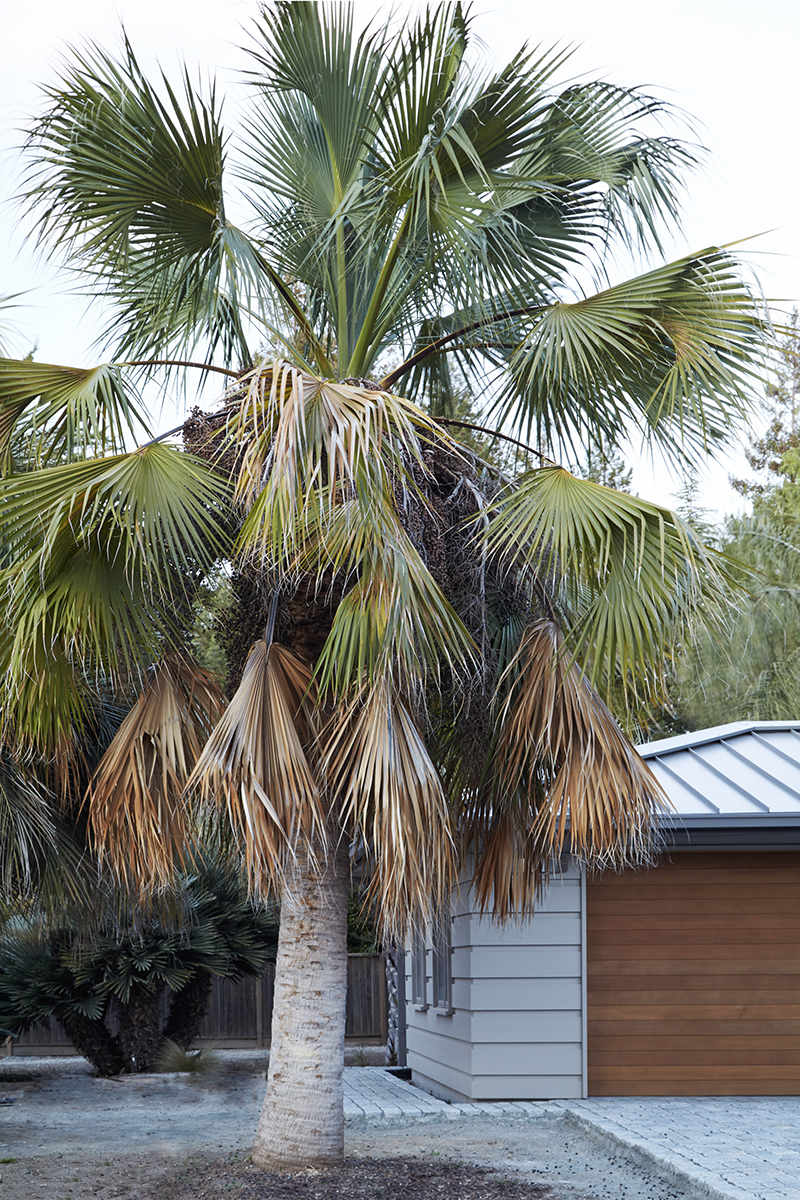

| height | 20–30 | |
| width | 15–20 | |
| tolerates | Coast, Cold, Cool Summers, Heat, Salt, Wind | |
| water needs |
Moderate | |
| water info |
Needs plenty of water to get established, but after a few years can be irrigated moderately. Will grow faster with more water in warm weather. Will tolerate more drought in cooler areas, and in heavier soils. | |
| hardy to |
17F | |
| exposure | Part Shade – Full Sun | |
| indoor outdoor |
Outdoor | |
| drainage | In Ground: Cactus Mix, In Ground: Planting Mix, In Pots: Cactus Mix, In Pots: Potting Soil, Tolerates Heavy Soil, Tolerates Sandy Soil | |
| fertilizing | Palm Fertilizer | |
| origin | Cultivation | |
| california native |
No | |
| sunset zones |
8, 9, 11–H2 |
Full Sun
Six or more hours of sun beams directly landing on the plant's leaves.
Part Shade
Three to five hours of sun beams directly landing on the plant's leaves.
Part Sun
One to two hours of sun beams directly landing on the plants leaves.
Full Shade
The plant is never fully lit by sun beams,
but is in a bright spot or has dappled sunbeams playing over the leaves throughout the day.
Deep Shade
The plant never has dappled light on the leaves, and is in a place that feels dim, even on a nice sunny day.
